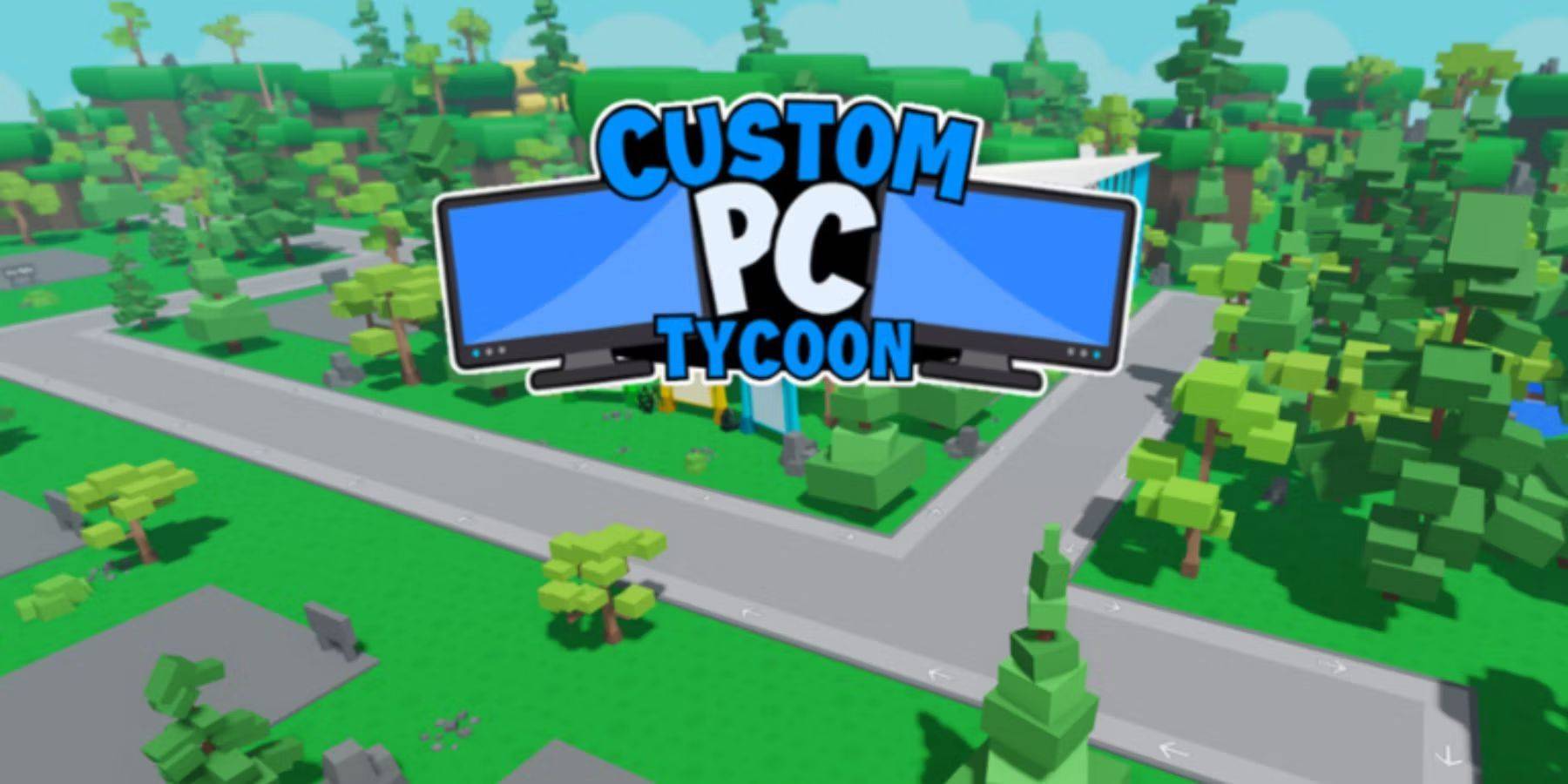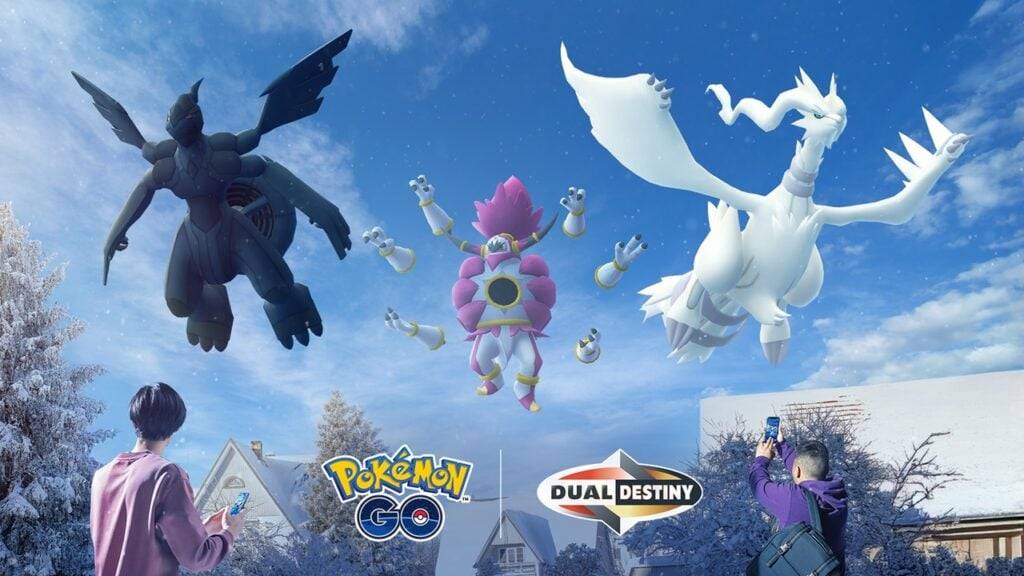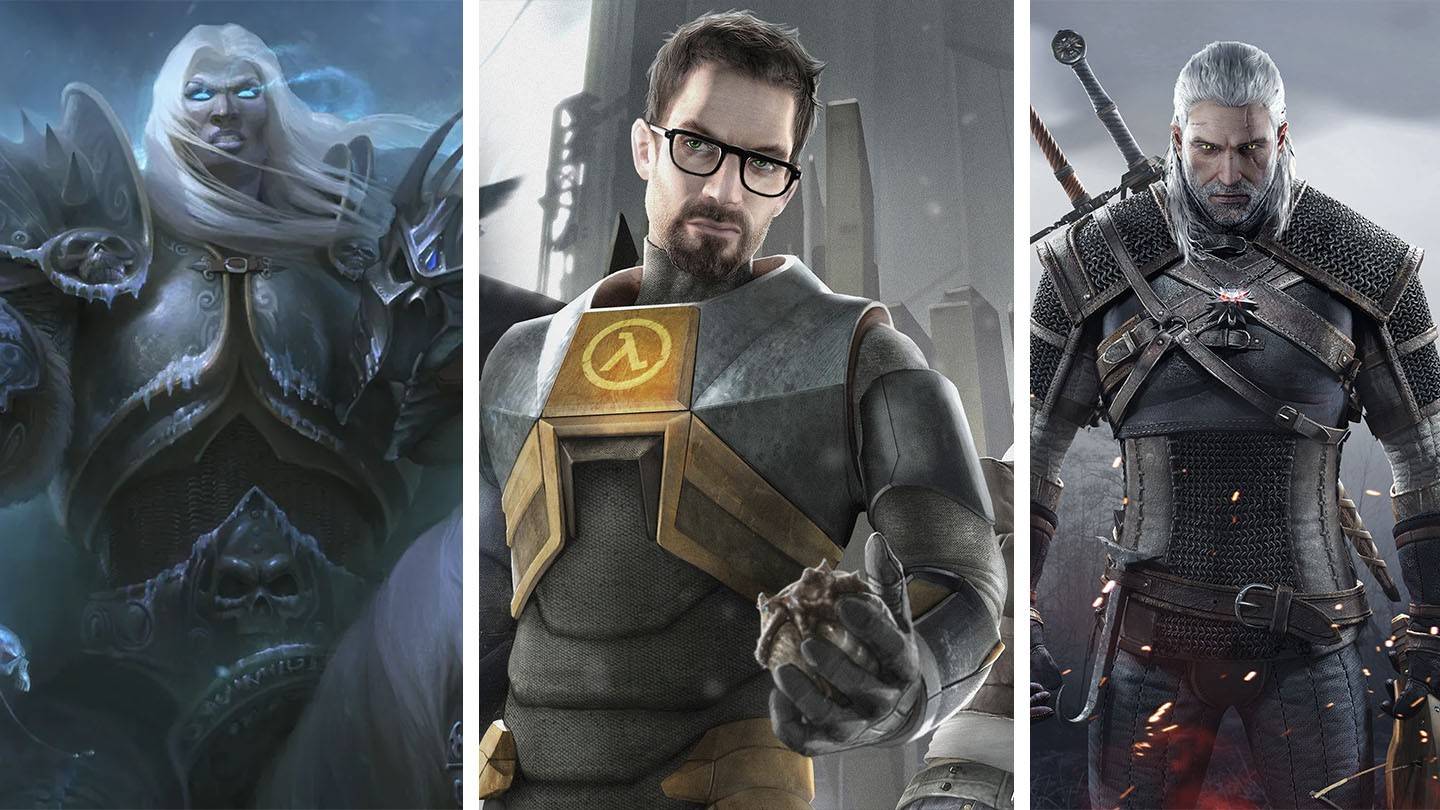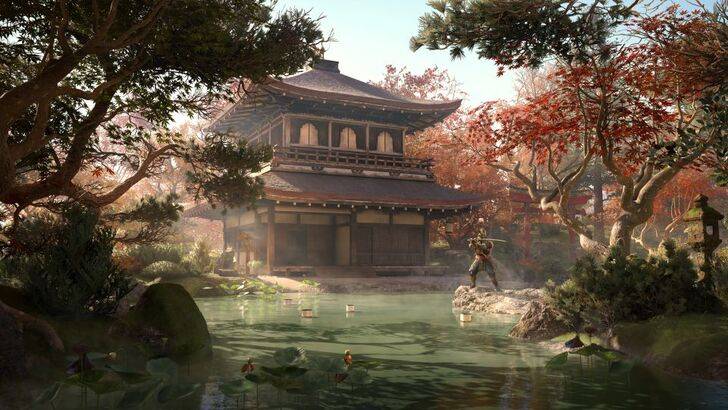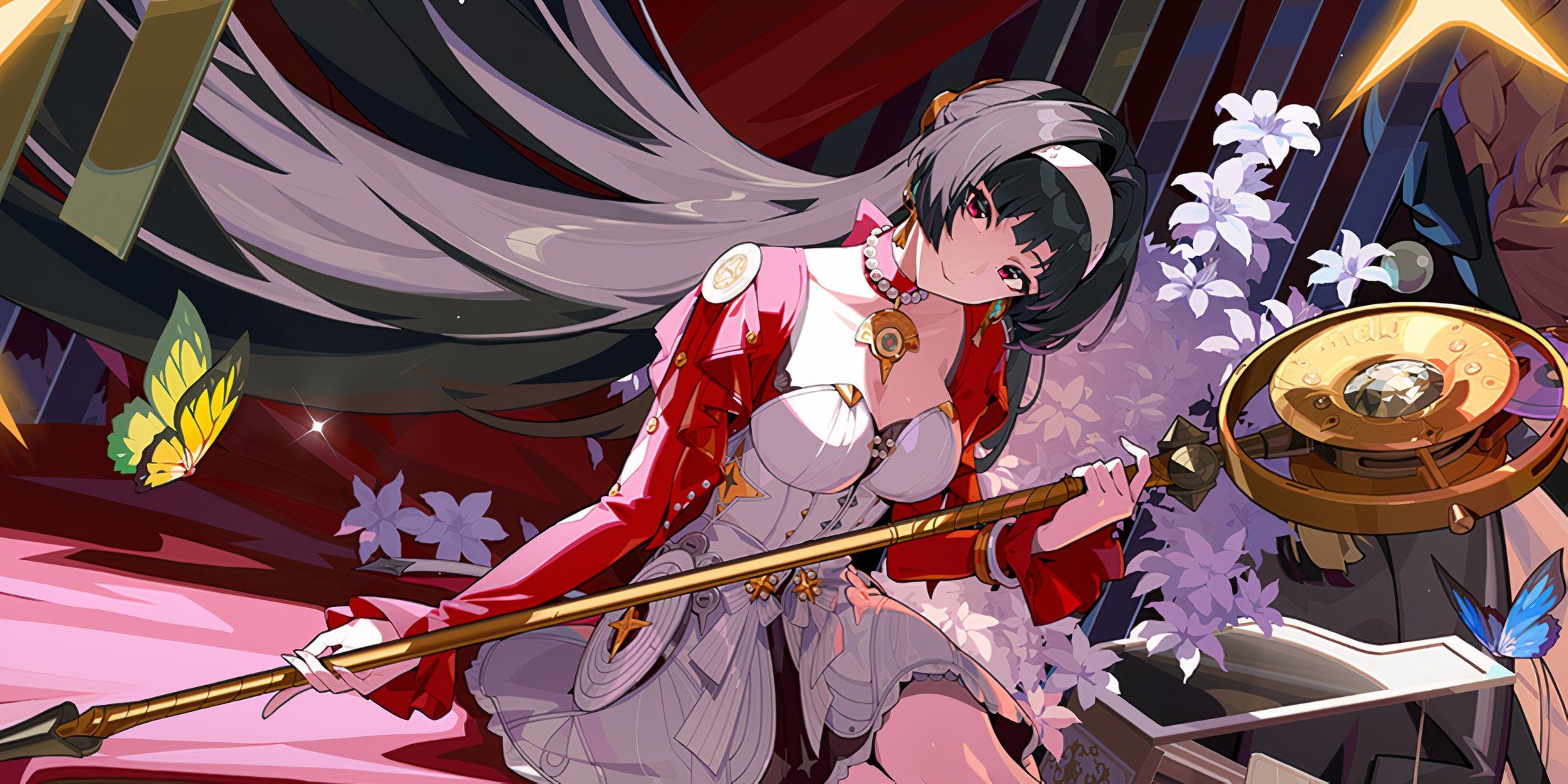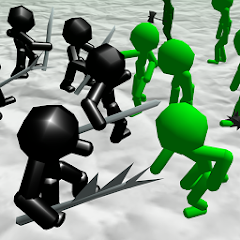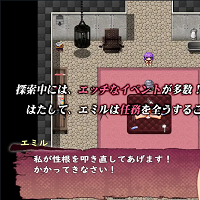The best board games span numerous themes, but war games consistently rank among the most popular—and for good reason. They offer thrilling, engaging gameplay. The games below promise epic battles, some concluding in an evening, others stretching throughout the day, but all demanding strategic prowess. Gather your friends, prepare snacks and drinks, and prepare for an exhilarating experience.
To ensure smoother gameplay, especially with longer games, consider these tips: Obtain a PDF rulebook (many publishers provide free downloads) and have players review it beforehand. Encourage players to perform administrative tasks, such as sorting cards or counters, outside their turns. A time limit per turn, with player agreement, can also be beneficial.
TL;DR: The Best War Board Games
Arcs, Dune: War for Arrakis, Sniper Elite: The Board Game, Twilight Imperium IV, Blood Rage, Dune, Kemet: Blood and Sand, Star Wars: Rebellion, Conflict of Heroes: Awakening the Bear, Undaunted: Normandy / Undaunted: North Africa, Root, Twilight Struggle: Red Sea, A Game of Thrones: The Board Game, War of the Ring, Eclipse: Second Dawn for the Galaxy

Arcs
War games with more than two players require a balance between board action and player negotiation/alliances. Arcs masterfully blends these elements. Its innovative trick-taking mechanics offer diverse strategic options, while still delivering intense spacecraft battles on the circular board, rewarding aggression. Despite its rich features, a game takes under two hours, making its brilliant narrative campaign expansion easily accessible.
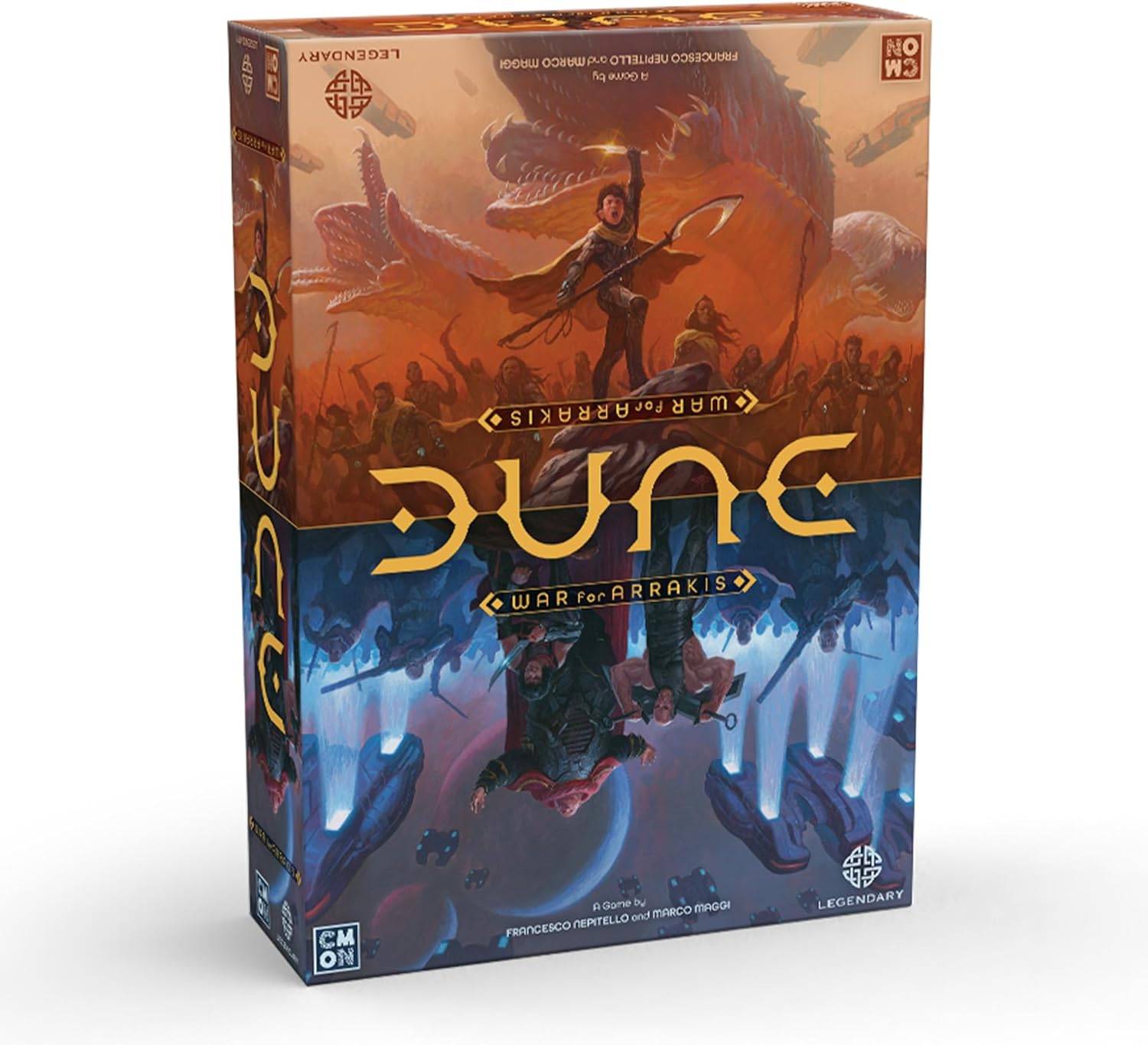
Dune: War for Arrakis
Unlike the multi-player Dune game listed later, *War for Arrakis* is a fierce head-to-head duel between Atreides and Harkonnen for spice control. Highly asymmetric, the Atreides utilize guerrilla tactics, Fremen allies, and sandworms, contrasting with the Harkonnen's superior forces. Harkonnen players must balance spice harvesting and shipping to maintain economic advantage. Sharing the same design team as *War of the Ring*, it features high-quality miniatures and an excellent action dice system, fostering constant strategic reevaluation, yet plays much faster.
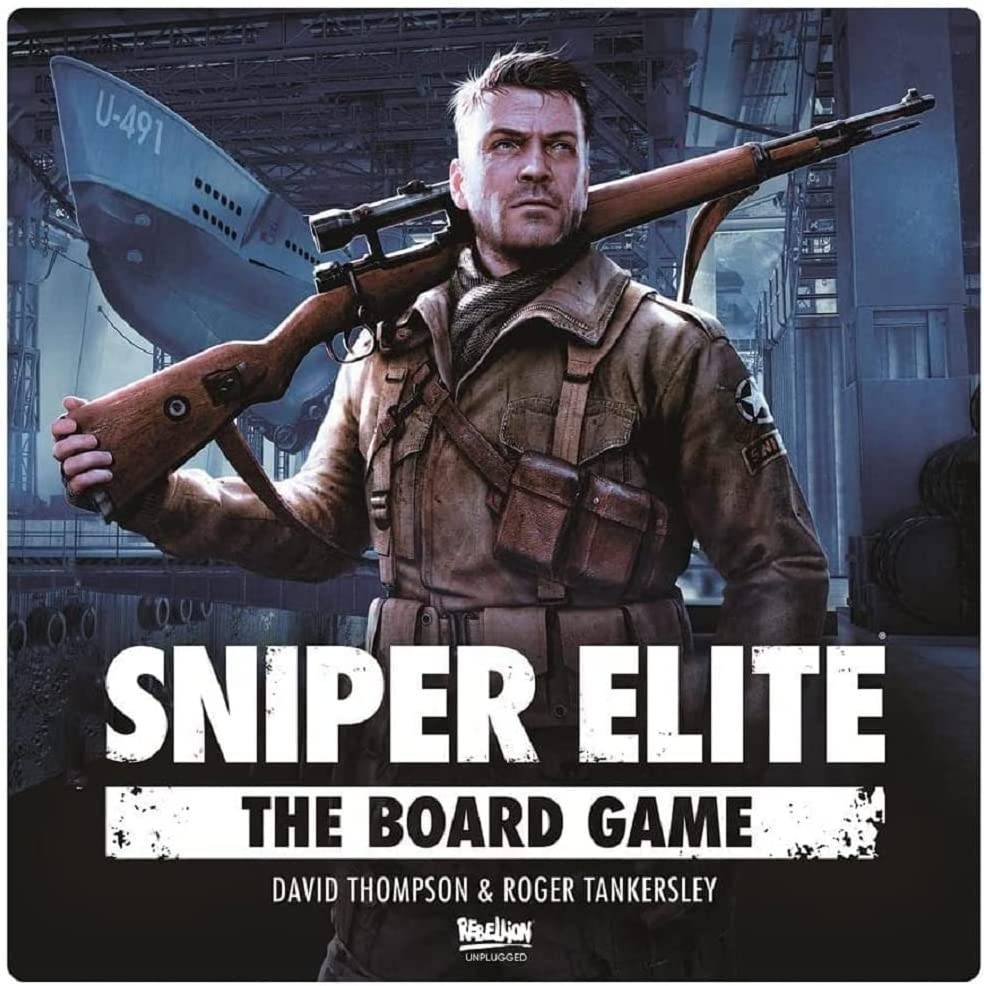
Sniper Elite: The Board Game
Fans of the video game series will appreciate this tabletop adaptation's close-quarters action. Stealth remains crucial, as the sniper player must remain undetected against a ticking clock, while German squads attempt to locate them. Beyond the tension, it offers a historical veneer absent in the video game, with thematic components and realistic combat. Two boards and diverse sniper loadouts/squad specialists provide high replayability and tactical depth.
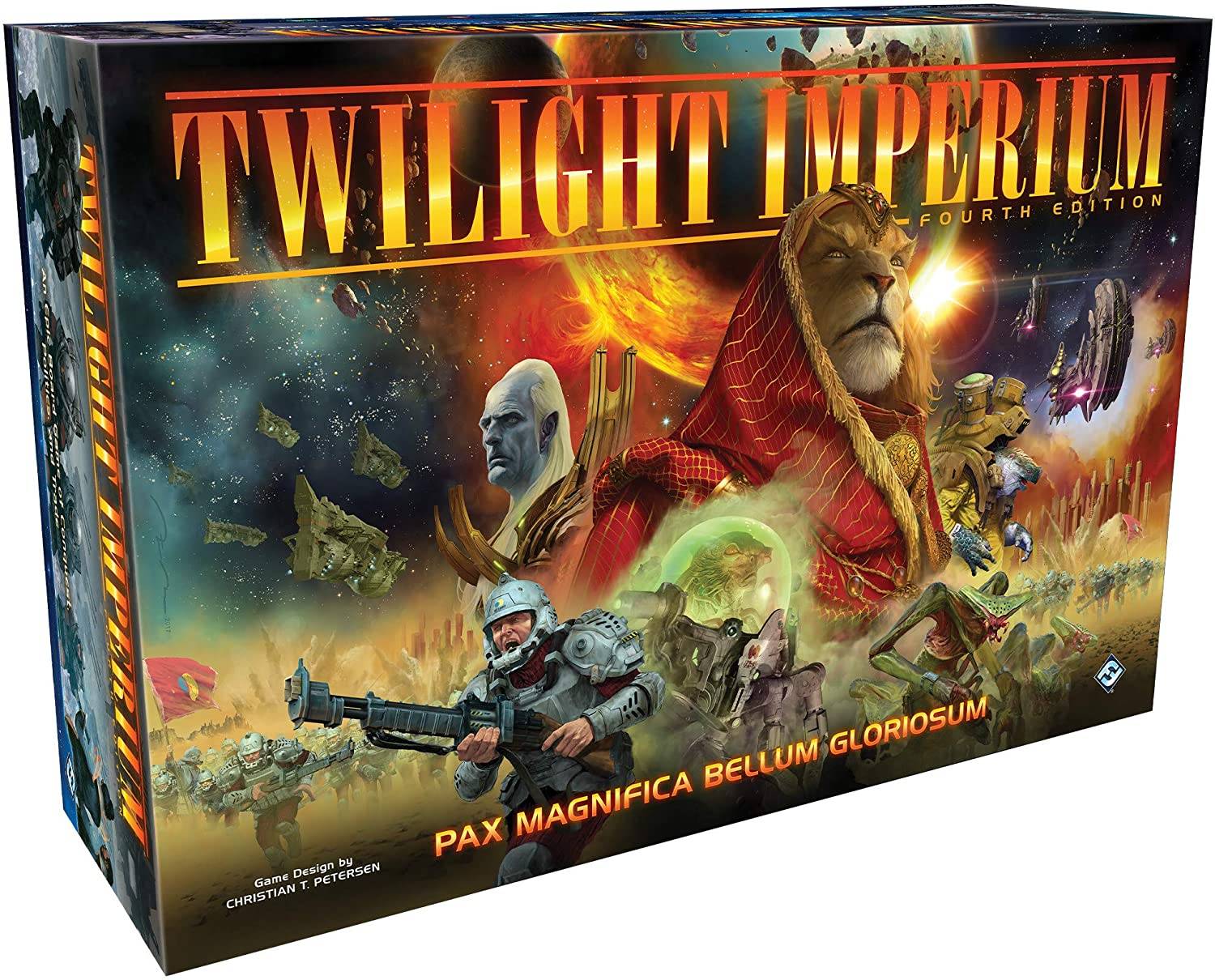
Twilight Imperium 4th Edition
This all-day sci-fi civilization-building game is truly epic. Players control bizarre aliens, research technology, build fleets, and battle across a randomized galactic hex map. Diplomacy and in-game political decrees add layers of complexity. The strategic core, enhanced by the round-based strategy card system, remains challenging. The fourth edition maintains the grand scope while streamlining gameplay for improved accessibility.
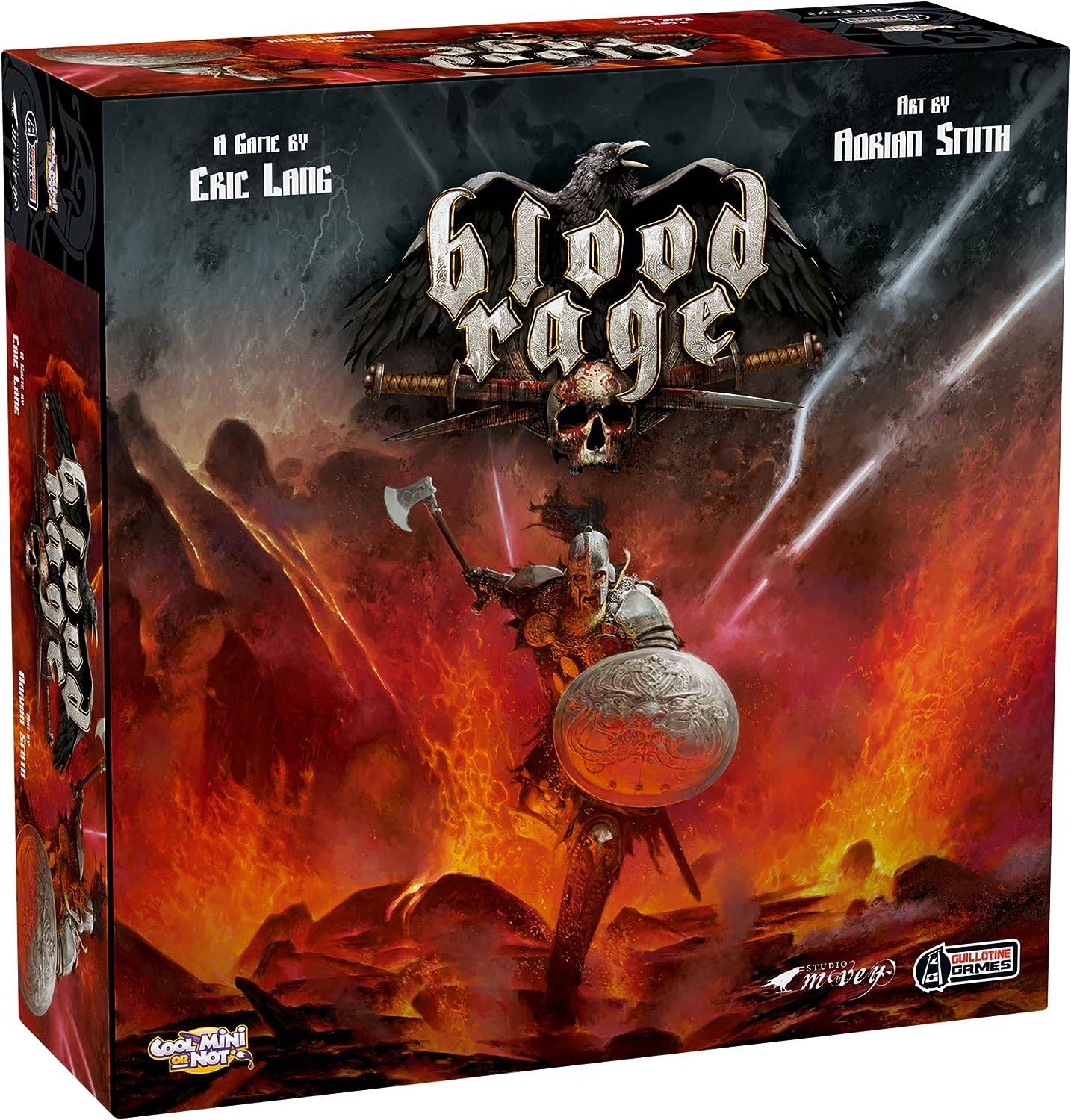
Blood Rage
In *Blood Rage*, players command Viking clans during Ragnarök, striving for glory and a place in Valhalla. Beneath its violent exterior and impressive components lies strategic depth. Players draft cards to support actions, manage warriors and monsters, pillage regions, and complete quests for glory. The blind battle card system introduces intense conflict. It's a compelling blend of tactical challenge, theme, and brutality.

Dune
(Not to be confused with *Dune: Imperium*) Based on Frank Herbert's novel, this game, first released in 1979, was ahead of its time. Minimizing randomness, it balances hidden information and asymmetric strategy. Players control factions with unique powers, leading to intricate political maneuvering and strategic depth. The new edition boasts improved rules and art.

Kemet: Blood and Sand
Imagine the gods and creatures of ancient Egypt battling for supremacy. *Kemet* delivers this chaotic experience. Players utilize pyramid-based power customization, influencing both attack and defense. The shared battle card system creates mind games as players predict opponents' moves. The game is fast-paced and violent, with no hiding places, resulting in relentless conflict.

Star Wars: Rebellion
*Star Wars: Rebellion* creatively adapts the franchise to the tabletop. The Rebellion fights as an underdog, striving for military survival and planetary support, while the Empire uses overwhelming force to crush dissent. This asymmetric struggle features iconic characters and events, but the narrative unfolds through player choices, guided by strategic mechanics.
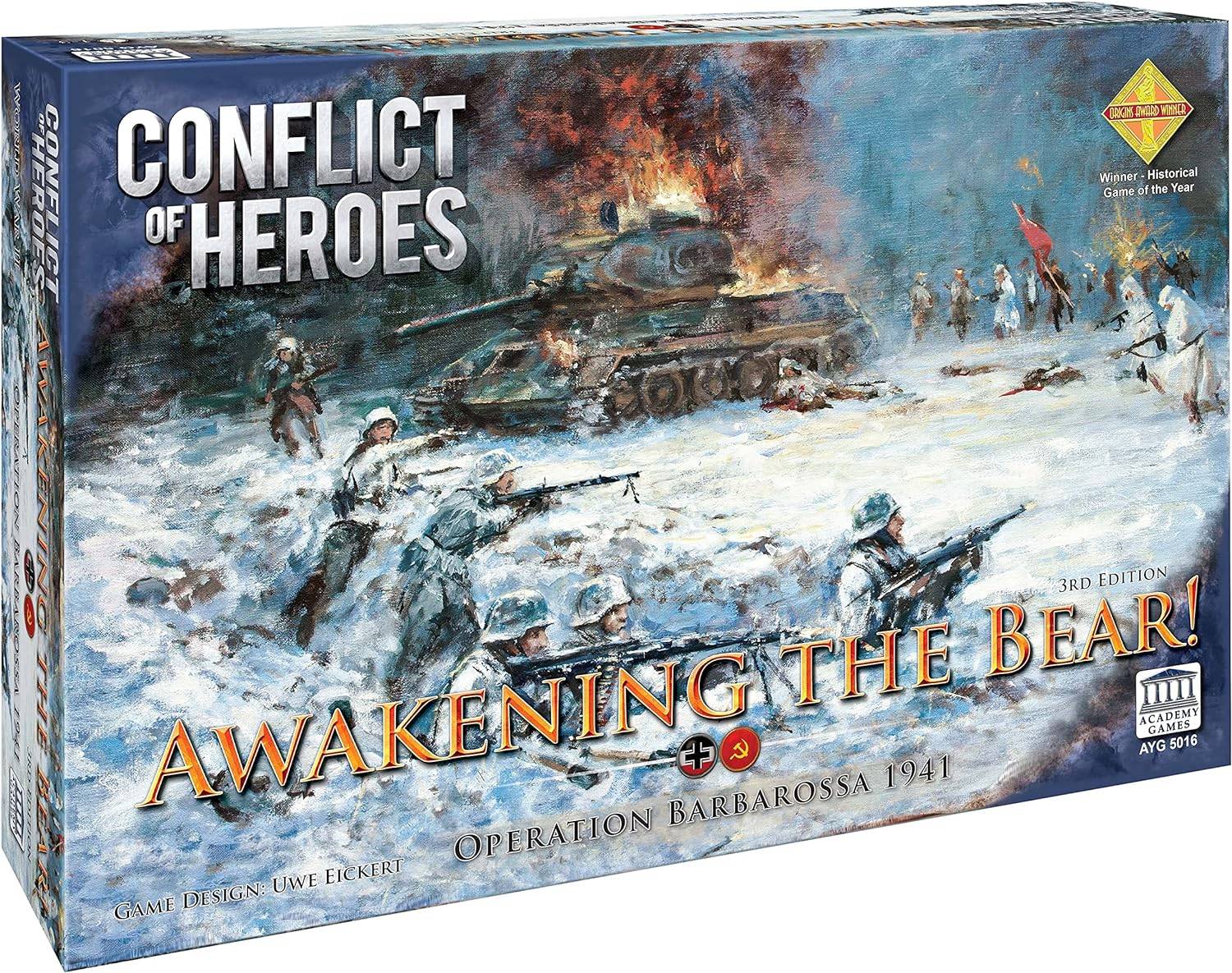
Conflict of Heroes: Awakening the Bear
Tactical wargames simulating squad-level combat can be complex. *Conflict of Heroes* balances detail and accessibility. A simple system of action points, dice, and defense values delivers excitement, realism, and tactical challenges. The game expands to include artillery, vehicles, and tanks, culminating in a full World War II experience. The command point system adds strategic depth.
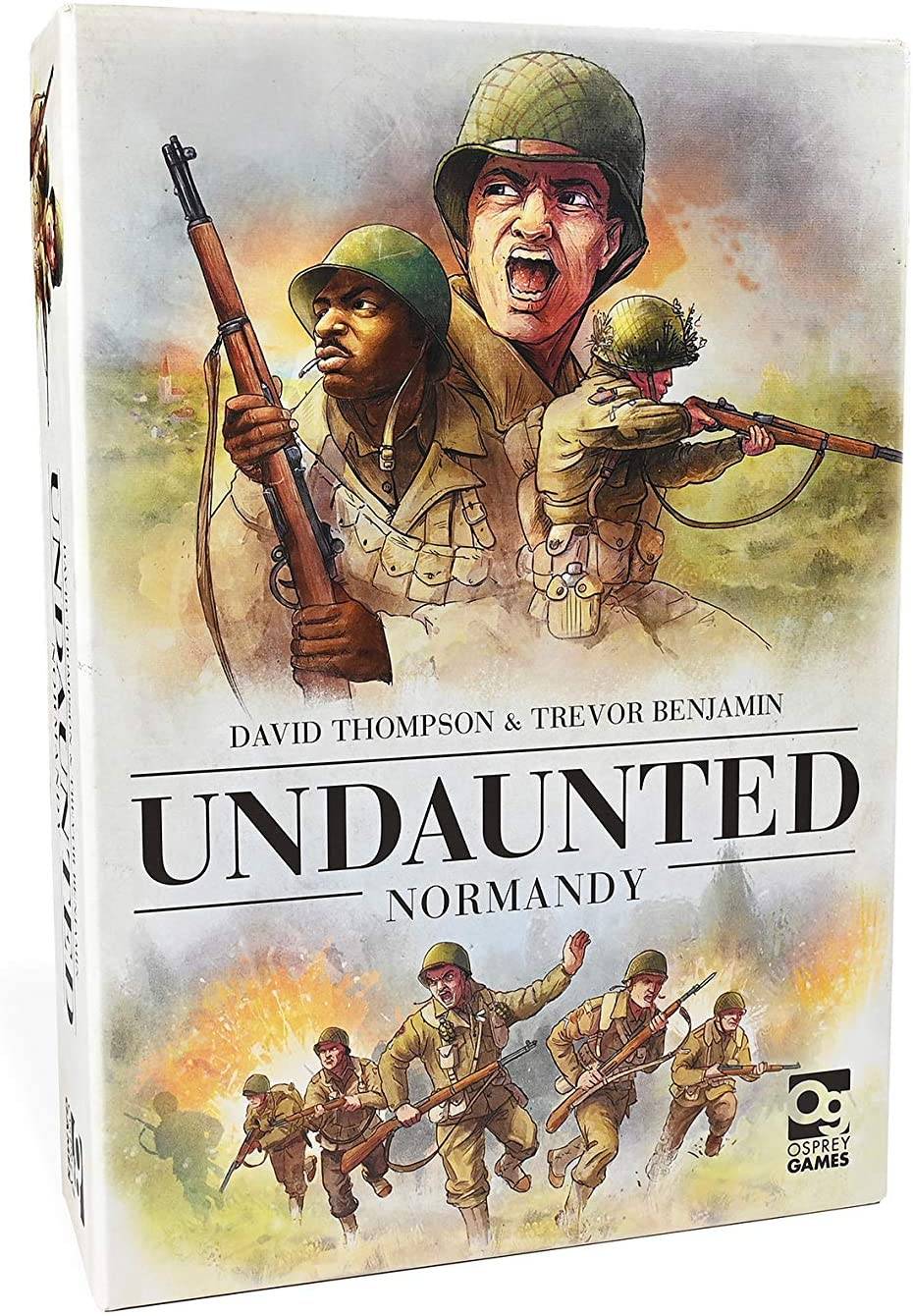
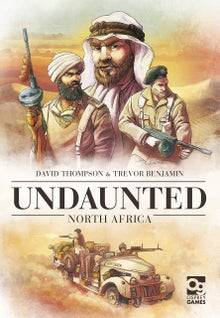
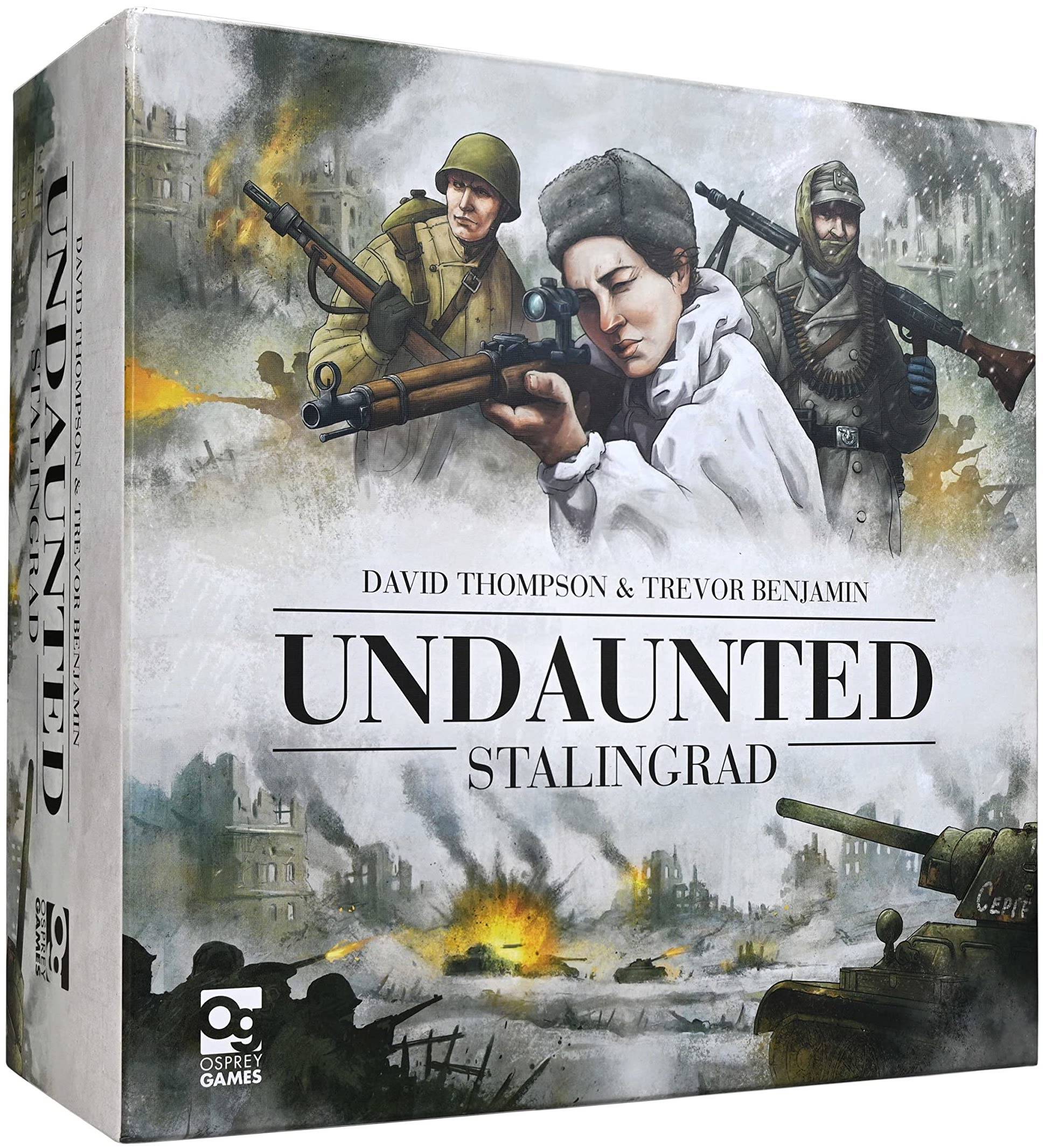
Undaunted: Normandy & Undaunted: North Africa & Undaunted: Stalingrad
These games cleverly use deck-building to simulate infantry combat. Officer cards add units to the deck, representing orders and supplies. Unit cards control troop movement on the modular map. Casualties reduce deck size, reflecting morale loss. The tense firefights and pivotal moments offer an engaging and accessible way to experience World War II.
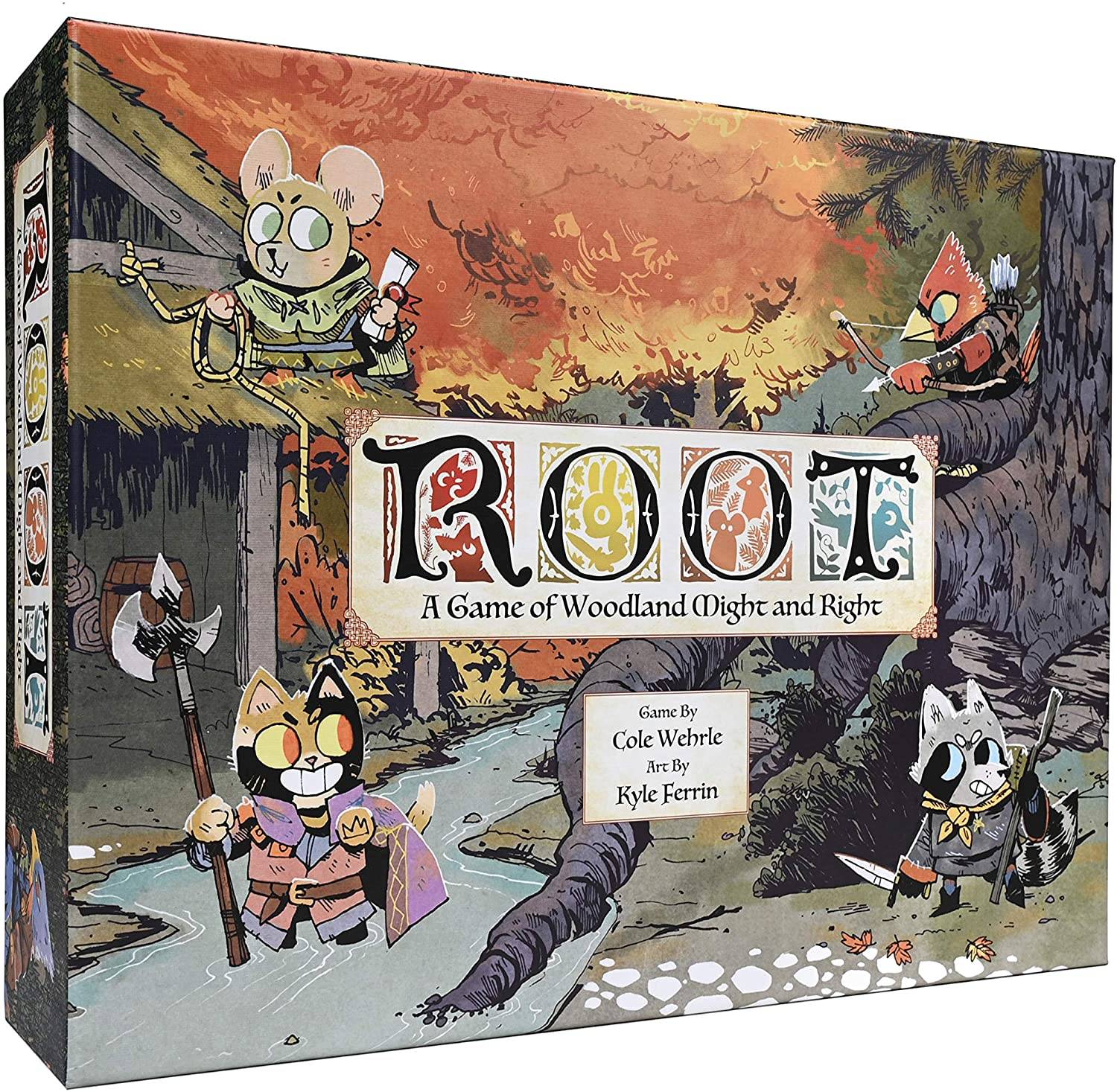
Root: A Game of Woodland Might and Right
A shorter game on this list, *Root* emphasizes asymmetry. Four factions—the Marquise de Cat, the Eyrie, the Woodland Folk, and the Vagabond—fight for woodland control, each with unique rules. Despite its cute theme, it's a strategically demanding game.
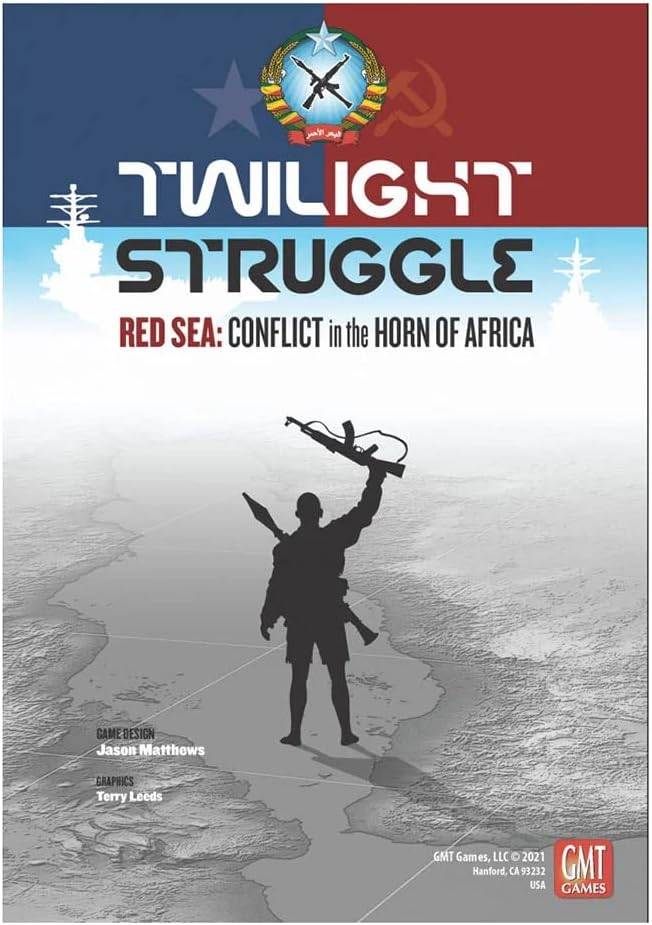
Twilight Struggle: Red Sea
While the original *Twilight Struggle* is renowned but complex, *Red Sea* retains the core card-play, offering compelling dilemmas and shorter playtime. The new scoring mechanic enhances excitement, and the historical setting explores a lesser-known aspect of the Cold War.
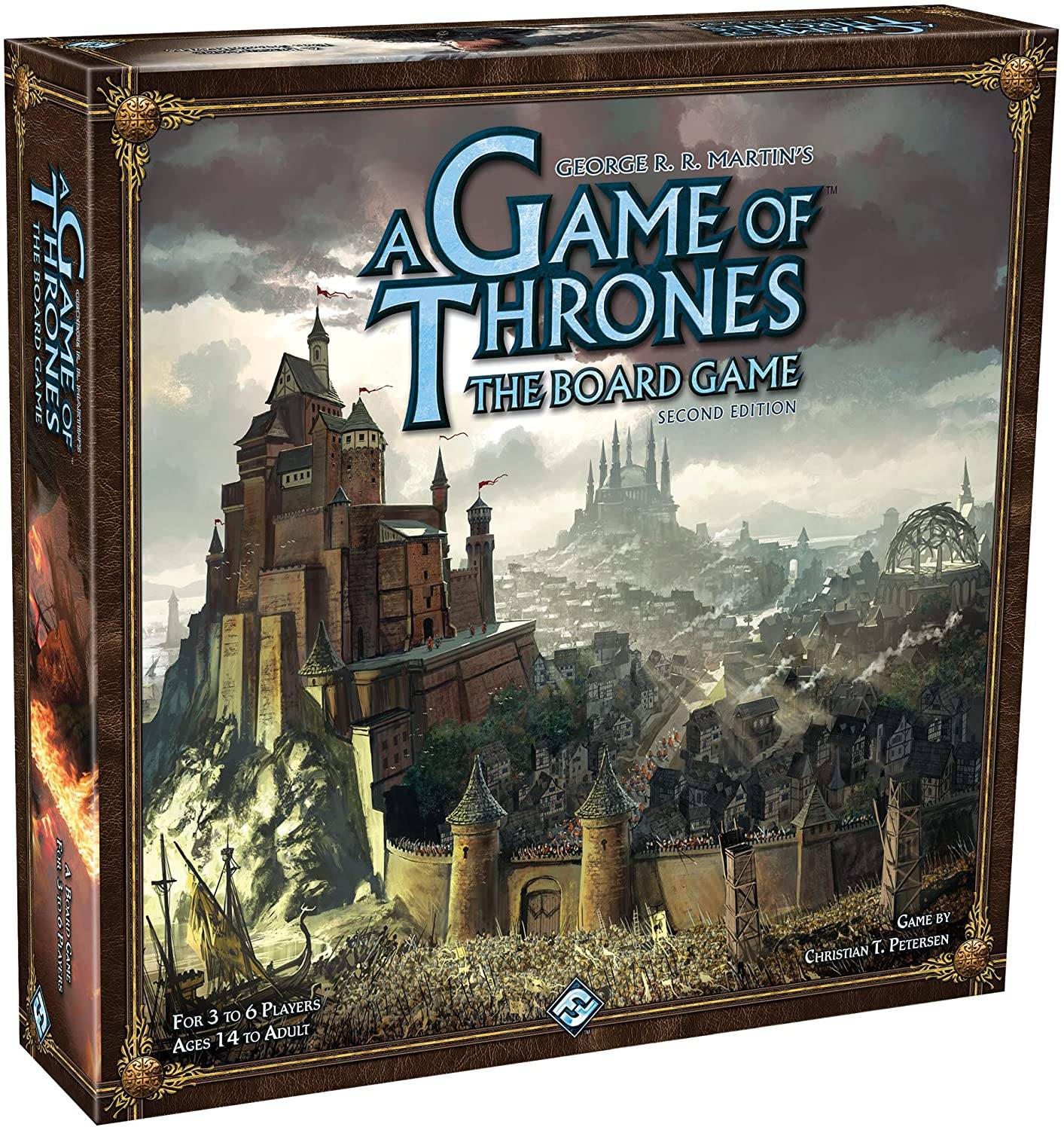
A Game of Thrones: The Board Game
This game captures the political intrigue of the books and TV show. Only one player can win, forcing alliances and betrayals. The secret order system adds tension, making it a compelling experience for fans.
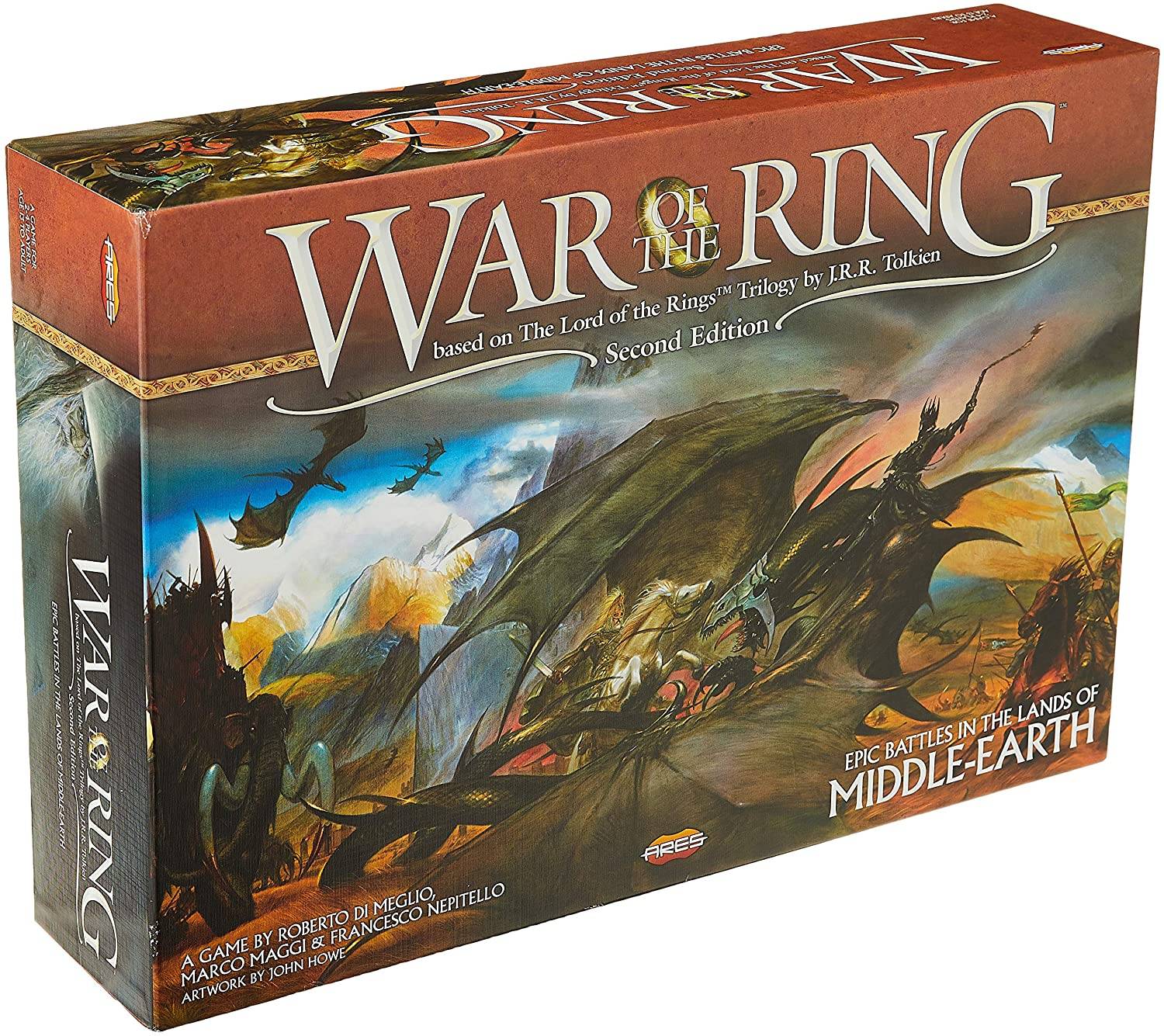
War of the Ring 2nd Edition
A top choice for Tolkien fans, this game brilliantly intertwines two simultaneous games: the epic clash of armies and the Fellowship's quest. The interaction between these halves creates a challenging tactical balancing act.
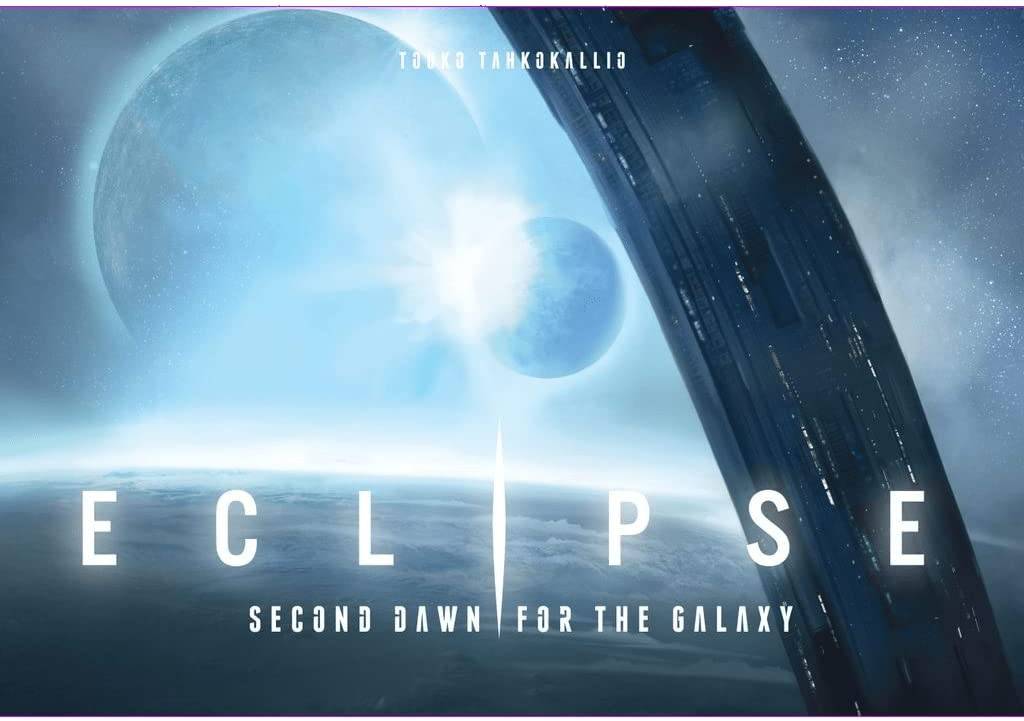
Eclipse: Second Dawn for the Galaxy
Unlike *Twilight Imperium*, *Eclipse* emphasizes long-term strategic planning in sci-fi civilization-building. The initiative and technology upgrade systems require foresight. Exploration, ship design, and combat remain central, but success relies more on strategic planning than dice rolls.
For more options, explore our selections for the best board games and best board game deals.
What Counts as a Wargame?
The term "wargame" is debated among enthusiasts. Some restrict it to games simulating historical conflicts, often featuring detailed historical research and high prices. *Awakening the Bear* and *Twilight Struggle: Red Sea* represent this genre's more approachable side. However, the definition is fluid, encompassing games simulating hypothetical conflicts, those using historical settings but not striving for simulation, and those depicting fantastic or sci-fi scenarios. Ultimately, the broadest definition includes games exploring conflict from various perspectives.

 Latest Downloads
Latest Downloads
 Downlaod
Downlaod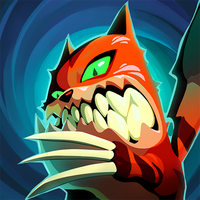


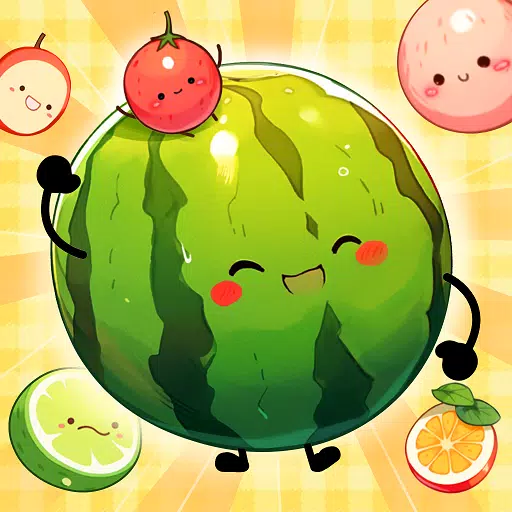
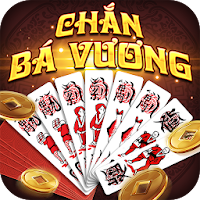
 Top News
Top News